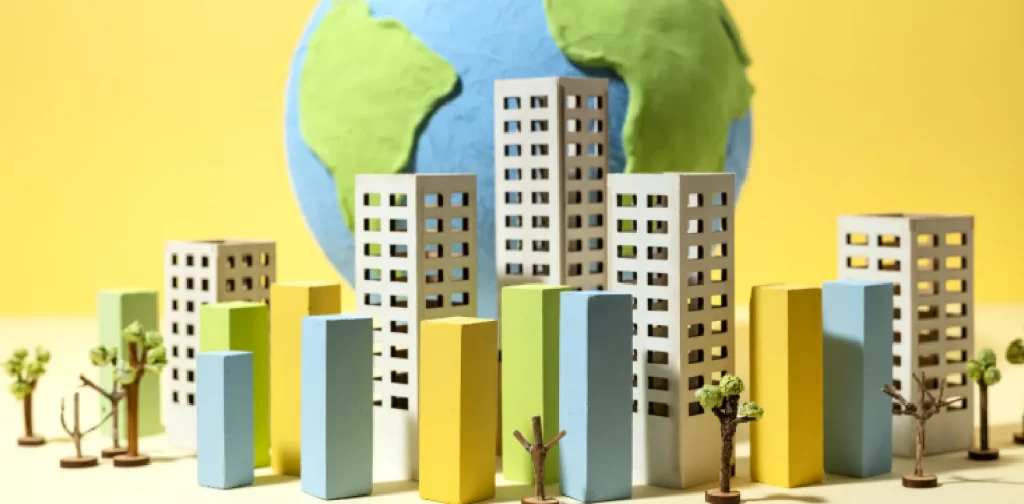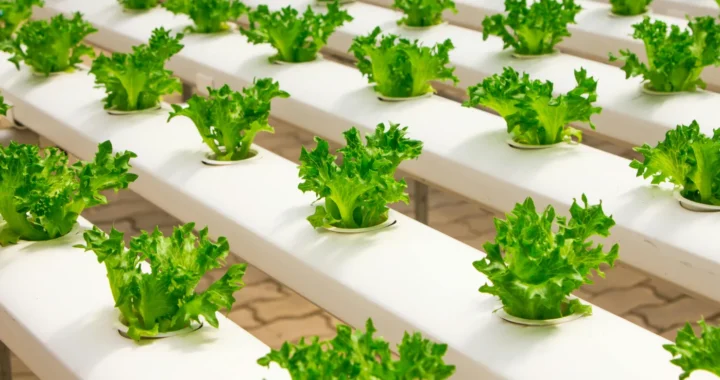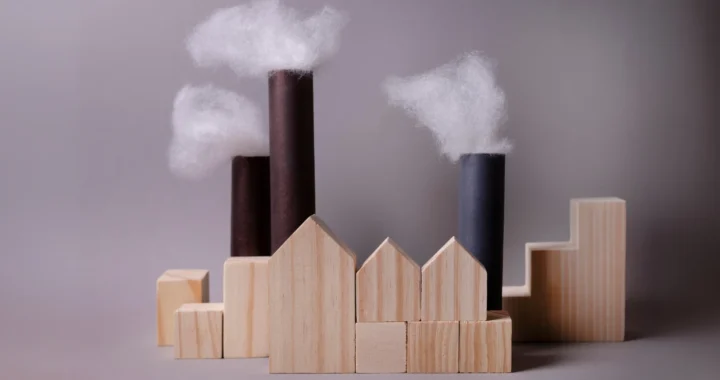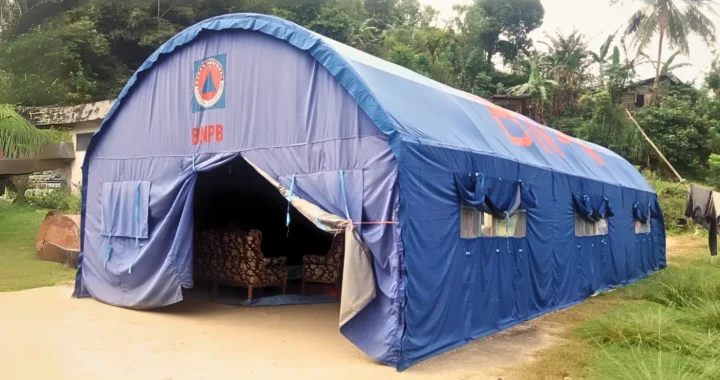Sustainable Built Environment: What makes a net-zero building?

Photo: Freepik.
Half of the world’s population today lives in urban areas. In 2050, the urban population is expected to increase by about 2.5 billion people. How many new buildings and infrastructures will be needed to accommodate them? As urbanization continues and the planet keeps heating, reducing emissions from our built environment becomes vital. So, what does net-zero building entail? How do we create a more sustainable built environment?
Why Net-Zero Building?
Shelter is one of our primary needs. With rapid developments and urbanization worldwide, our built environment continues to grow. Built environment refers to all buildings and infrastructures, such as houses, apartments, bridges, offices, shopping centers, etc.
The built environment sector contributes approximately 40% of global energy-related carbon emissions. Data reveals that carbon emissions from building operations alone amount to around 10 GtCO2 in 2021.
The 2030 Breakthroughs, goals set by the UN Climate Change High-Level Champions, cover decarbonization targets for the built environment sector, among others. It says that 100% of projects completed in 2030 or after must be net-zero carbon in operation. Additionally, this target includes over 40% reduction in embodied carbon.
Embodied & Operational Emissions
Around 50% of extracted materials go to the built environment sector. Construction materials, such as concrete and steel, are a building’s embodied sources. The carbon footprints it takes to create these materials are not negligible. Embodied emissions primarily come from the initial construction process.
On the other hand, operational emissions might be slightly more familiar. The simplest, most common definition of a net-zero building is actually a net-zero operation building, in which a building is 100% powered by renewable energy. Operational emissions are generated once the building is completed. They include lights, heating, cooling, and other operating systems within a building.
As buildings become more energy efficient, embodied emissions will account for at least half of the total emissions generated by new buildings. Therefore, it is crucial to consider the whole-life of carbon in tackling built environment emissions. A net-zero building must address both the operational and embodied emissions.
Challenges
Overall, there is a lack of measurement and reporting of building emissions. While collecting and tracking in-use data to increase energy efficiency (operational carbon) is becoming more common, there is still little to none for embodied emissions.
Furthermore, Arup and the World Business Council for Sustainable Development (WBCSD) have identified systematic challenges in industry-wide transformation to reduce emissions in the built environment. The “Net-zero operational carbon buildings: State of the art” report states that there still is:
- No globally consistent and robust definition of a net-zero building
- No national standards for truly net-zero buildings now or in the future
- Substantial variation in net-zero standards set by the private sector
- Only a tiny, negligible number of truly net-zero buildings
Additionally, a net-zero-ready building that has significantly reduced its energy demands and is ready to operate on 100% renewable energy might still not be an operational net-zero building due to the supply side. The supply side means the renewable energy capacity in the locality.
Toward Sustainable Built Environment
Data is key to creating informed, science-based decisions. So, enabling accurate and holistic measurement and reporting should be the first step. For instance, the government of Singapore supports in-use data collection and energy performance disclosure of all buildings through the Building Energy Submission System. From the private sector, Arup, a global engineering and construction service provider, has committed to assessing the whole-life carbon data of all of its projects.
In general, there needs to be proper policy, guidance, and market incentives in place. The “Net-zero buildings: Halving construction emissions” report suggests that halving embodied emissions is possible with existing technologies and key systemic changes. However, more innovations would also be helpful.
The demand and pressure for more sustainable lifestyles keep increasing as climate change awareness rises. However, transforming the built environment sector to be more sustainable takes a lot of work. Besides building net-zero buildings, a sustainable built environment also means decent work for all levels of workers involved. A collaborative, proactive, just, and inclusive approach should be the foundation of this transformation.

Subscribe to Green Network Asia
Strengthen your personal and professional development with cross-sectoral insights on sustainability-related issues and sustainable development across the Asia Pacific and beyond.

Nazalea Kusuma
Naz is the Manager for International Digital Publications at Green Network Asia. She once studied Urban and Regional Planning and has lived in multiple cities across Southeast Asia. This personal experience has exposed her to diverse peoples & cultures and enriched her perspectives. Naz is an experienced and passionate writer, editor, translator, and creative designer with a decade worth of portfolio.


 How Plant the Emirates Aims to Support Food Self-Sufficiency in the UAE
How Plant the Emirates Aims to Support Food Self-Sufficiency in the UAE  GRI’s Updated Sustainability Standards on Climate Change and Energy
GRI’s Updated Sustainability Standards on Climate Change and Energy  Looking into Biochar as a Bioremediation Agent
Looking into Biochar as a Bioremediation Agent  Australian Climate Visa for Citizens of Tuvalu: Showcasing cross-border partnership in light of the climate crisis
Australian Climate Visa for Citizens of Tuvalu: Showcasing cross-border partnership in light of the climate crisis  Nickel Mining in Raja Ampat and the Widespread Cost of Natural Resource Exploitation
Nickel Mining in Raja Ampat and the Widespread Cost of Natural Resource Exploitation  Lumbung Sosial: Challenges and Opportunities of Indonesia’s Social Barn Program
Lumbung Sosial: Challenges and Opportunities of Indonesia’s Social Barn Program